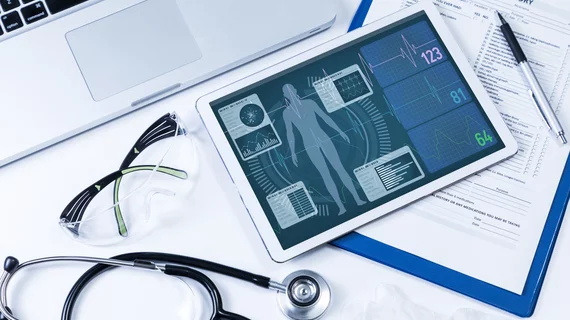Technology tackles duplicate medical record challenge
Healthcare providers are often battling duplicate medical record issues that can compromise patient safety, care, data accuracy and reimbursement.
While some amount of duplicative health records is largely considered acceptable, the rise of technology adoption could be compounding the issue. Fortunately, technology can also be a key solution to addressing these challenges, according to an article in the Journal of AHIMA, the journal of the American Health Information Management Association.
Duplicate medical records, defined as two or more health record numbers assigned for an individual at the same healthcare facility, are typically created during the patient identification process when admissions are not handled appropriately or accurately. Sometimes, this is caused by human error, though multiple systems for clinical, administrative and specialty services being used separately can also increase the possibility of duplicate records.
For patients, the impact of a duplicative medical record can be significant, such as incorrect treatment or poor patient care. Providers can also be on the hook for medical malpractice litigation as a result, further impacted by bad data in the master patient index (MPI).
“Ultimately, duplicate records lead to future increases in medical malpractice claims and deteriorating loss experience for healthcare providers,” authors Shannon Harris, MBA, RHIA, and Shannon H. Houser, PhD, MPH, RHIA, wrote. “The consequences can be expensive—one recent malpractice claim settlement totaled $521,560.”
Between 5 percent and 10 percent of all stored records are estimated to be duplicative in most hospitals, though some health systems have duplicate rates as high as 20 percent, according to the article. Five percent is considered to be acceptable.
Top causes of duplicative records
Patient registrars, who are tasked with properly validating patients’ identities and entering accurate information into the MPI, can cause some duplicative records through human error when transposing numbers or letters.
Patients themselves are sometimes the cause when they provide different names than their photo IDs, resulting in incorrect information used and the creation of duplicate records.
Prevention
The correction of duplicative records is rarely proactive. Instead, it is typically discovered accidentally during a patient search.
Health informatics can help detect some of these duplicates in MPIs, “such as with the use of an algorithm,” Harris and Houser wrote.
“A healthcare organization cannot be certain of the scope of its duplicates problem unless proactive searches are done periodically,” they wrote.
Various types of algorithms can detect duplicates and send alerts to HIIM professionals and departments that signal the duplicate record set. As the healthcare system becomes more integrated and focused on patient-centered and coordinated care, healthcare providers will see a higher need to address duplicative records.
See the full article here.

